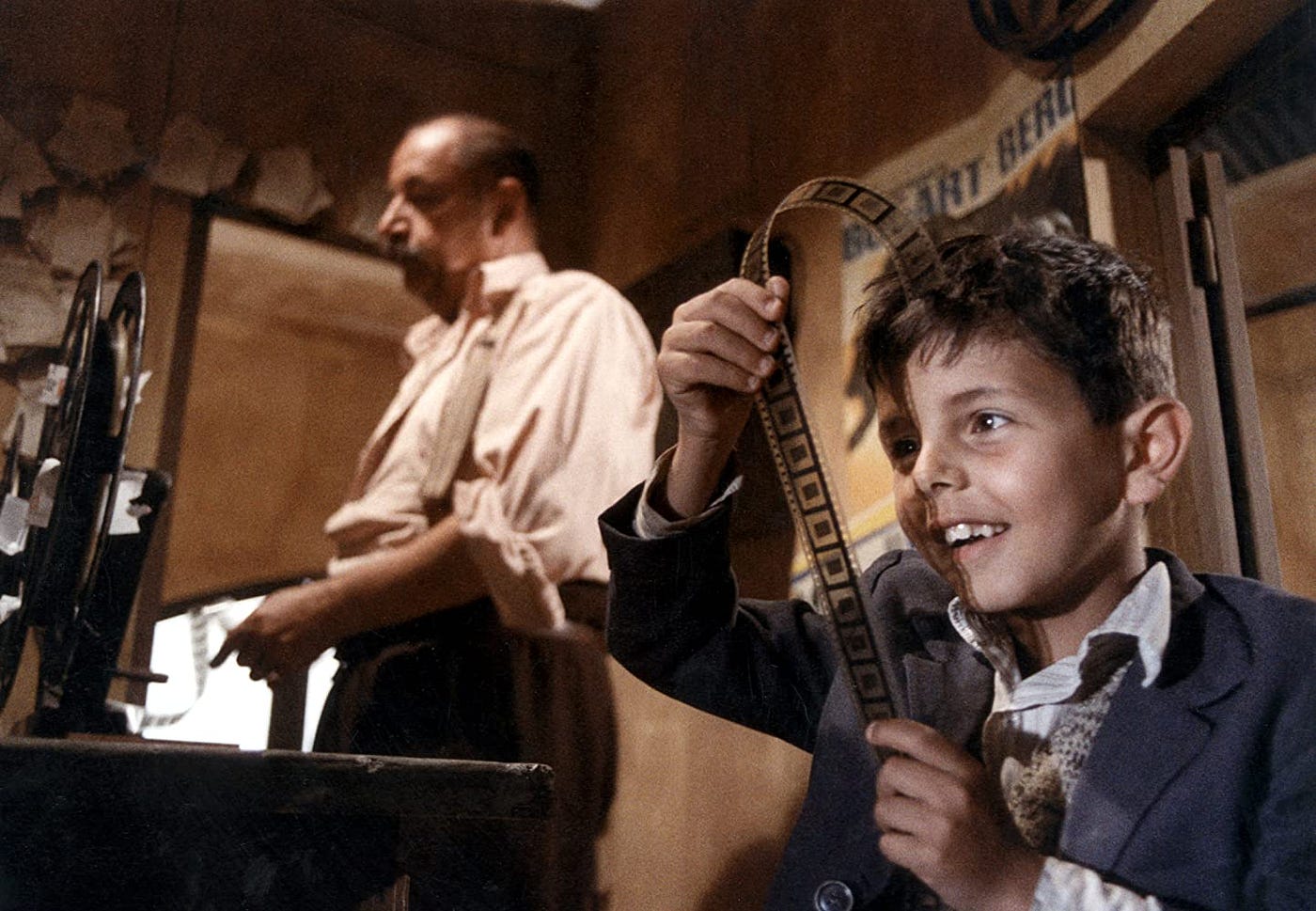Why artists continue to be drawn to sunflowers
Some of the most emotionally resonant and visually striking symbols in art are sunflowers. Their strong build, bright hue, and sun-following behavior have intrigued artists, writers, and thinkers for ages. Vincent van Gogh is notably one of those enchanted by them, with his sunflower paintings being some of the most iconic pieces of contemporary art. What is it about this lively flower that keeps sparking the imagination of artists through the years?
For Van Gogh, sunflowers represented more than just botanical themes—they were synonymous with his art. In a letter, he stated, “The sunflower belongs to me,” showing his intention to symbolically own the flower. Whether he saw them as a metaphor or merely as a vivid design, these prominent golden blooms evolved into a visual emblem of his distinctive style and personal emotional world.
Van Gogh’s investigation of the sunflower theme extended beyond just one canvas. Throughout three distinct periods between 1887 and 1889, he created eleven paintings featuring sunflowers. The most renowned pieces arose during his stay in Arles, where he swiftly completed several canvases as he prepared for fellow painter Paul Gauguin’s visit. This collection was both a technical exploration of color—particularly mastering different tones of yellow—and a symbol of optimism. Van Gogh imagined these sunflower artworks as inviting symbols, intended to adorn the walls of the Yellow House with a sense of warmth and friendship. However, this hope was fleeting; Gauguin left after only a few weeks, leaving Van Gogh’s dreams of artistic companionship unmet.
Although personal setbacks were intertwined with their production, the sunflower artworks slowly gained widespread recognition. By the early 1900s, these pieces became symbols of artistic life and emotional depth. Observers and authors, like Roger Fry and Katherine Mansfield, recognized a fervent energy within them that departed from academic norms and transformed ordinary subjects into the sublime. Van Gogh’s legacy, initially underappreciated while he was alive, was significantly bolstered thanks to these daring botanical explorations.
Currently, the legacy of the sunflowers painted by Van Gogh continues to influence present-day art. The recent exhibition at the Royal Academy, Kiefer / Van Gogh, illustrates how this theme remains significant for current artists. Anselm Kiefer, renowned for his large-scale and frequently philosophical creations, frequently incorporates the sunflower as a symbol. In his sculpture Danaë, a sunflower emerges from a stack of books—a powerful image that conveys the endurance of life and wisdom even amidst degradation. In other works, like a poignant woodcut portraying a flower growing from a human form, Kiefer reexamines the sunflower to contemplate themes of death, remembrance, and renewal.
According to curator Julien Domercq, the sunflower symbolized Van Gogh’s idea of the South—sun-drenched, vital, and spiritually charged. But Van Gogh, who had a background in art dealing and a deep understanding of art history, was also drawing from a rich visual tradition. The sunflower’s role in European symbolism extends far beyond Van Gogh’s studio.
Introduced to Europe in the 16th century after the colonization of the Americas, sunflowers quickly became laden with meaning. Their distinctive tendency to follow the sun, a behavior called heliotropism, captivated early botanists and artists alike. By the late Renaissance, this physical trait had become symbolic, merging the natural world with mythological and religious narratives.
The legend of Clytie, a water spirit who changed into a sunflower after being rejected by the sun deity Apollo, offered an early foundation for the flower’s symbolism. Her tale symbolized one-sided love and steadfast dedication, concepts that were depicted in art during the Baroque and Enlightenment eras.
In works such as Maria van Oosterwyck’s Flowers in an Ornamental Vase or Bartholomeus Van der Helst’s Young Woman Holding a Sunflower, the bloom becomes a symbol of love, marriage, or divine faithfulness. Artists such as Anthony van Dyck even used the flower to symbolize their loyalty to royal patrons, blending personal identity with artistic expression in portraits like Self-Portrait with a Sunflower.
The transformation of symbols continued beyond that point. As time went on, the sunflower transformed into a representation of devotion both spiritually and artistically. In the 17th century, the Dutch poet Joost van den Vondel likened the sunflower’s inclination toward the sun to an artist’s quest for the aesthetics of nature, led by inspiration much like a divine illumination.
In today’s world, the sunflower persists as a symbol conveying intricate cultural messages. A notable modern application of this flower is in Ai Weiwei’s installation Sunflower Seeds from 2010, which showcases millions of individually painted porcelain seeds. Ai’s piece is inspired by his recollections of Maoist propaganda, depicting the Chinese leader as a sun, with people portrayed as sunflowers facing him. In this context, the flower’s symbolism evolves into a powerful political statement on conformity, authority, and personal expression.
The extensive tradition of understanding implies that the sunflower represents more than just a mere plant—it acts as a reflection of human sentiment and faith. The concepts it represents—dedication, change, ephemerality, and ambition—are universally resonant. Whether looking lovingly at an imagined deity or representing life’s fleeting nature, sunflowers convey a profound human urge to pursue brightness, significance, and relationships.
Van Gogh likely perceived multiple meanings in the flower. Though he might not have explicitly explained their significance in his letters, his decisions in art imply an instinctive grasp of their symbolic strength. When he described his sunflower paintings as conveying both distress and thankfulness, he alluded to the flower’s dual character—its capacity to symbolize both suffering and optimism equally.
Anselm Kiefer has similarly embraced the sunflower as a symbol of our fragile existence. His artworks often depict them in decay, blackened or desiccated, their seeds spilling onto the earth. Yet this is not only a portrayal of loss—it’s also a meditation on renewal. The cycle of death and rebirth, of light and darkness, is ever-present in his interpretations. Kiefer links his vision to thinkers like Robert Fludd, the 17th-century cosmologist who believed in a spiritual connection between plants and stars. By framing his sunflowers against the heavens or anchoring them to human bodies, Kiefer explores this metaphysical bond between the terrestrial and the celestial.
In this context, both Van Gogh and Kiefer transform the sunflower into a metaphysical object—one that transcends its botanical identity to engage with the grand themes of existence. Through their art, the flower becomes a visual philosophy, a means to explore life’s impermanence and the possibility of renewal.
In the end, the lasting impact of the sunflower in art resides in its capability to represent complexity while maintaining simplicity. Its shape is immediately identifiable, yet its meaning holds profound depth. For Van Gogh, it could have symbolized an offering of companionship or a quest for spiritual insight. For Kiefer, it represents a metaphor for deterioration and renewal. And for observers, it provides an opportunity to contemplate commitment, the passage of time, and the unending attraction to light.
When sunflowers blossom in fields every summer, they reflect the visual dialogue of artistic expression developed over centuries. With their blooms inclined toward the sunlight, they symbolize our pursuit of warmth, beauty, and meaning—qualities that surpass time and continue to manifest in paintings, sculptures, and the realm of human creativity.




